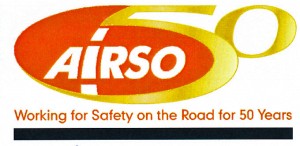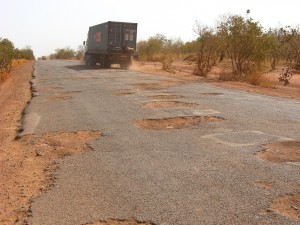Are all conferences stuffy?

First though, the ride home last night. Superb. I followed one of my favourite roads in the UK, the Fosse Way, and then scooted the last section down the M5. Almost no traffic and the ride was under a fabulously angry sky with the setting sun shooting rays of fire across the dark clouds. A tad of descriptive overkill there but it was pretty darned majestic! It was one of those rides where you feel as if you are at one with the world and your bike. Everything just flowed and as a result I concentrated on the flow, and didn’t take a single photo. I didn’t want to break the rhythm. I’m sure that from time to time you get rides like to too eh. Special.

The keys sessions of the day?
Increasing training skills with the emphasis on building a much closer one-to-one relationship with trainees, so that their individual abilities tailor their training courses. This makes so much sense to me. No more lumping people in the ‘Trainee’ box. Dr Cris Burgess and Robin Derges from the Peninsula Casualty Reduction Partnership aimed to build on this by focussing on skills and techniques required to make learning to ride client centred. After all, we are all individuals and we do learn so much faster and better if we are treated as individuals don’t we.
After lunch Glen Dennis, who heads up Bike Safe in the UK and Tanya Fosdick the queen of UK motorcycle safety statistics kicked off a riveting session that could have been incredibly tedious. Not a bit of it! I’d no idea how much Bike Safe has had a positive effect on the motorcycle accident rate in the UK. Their talk covered who is likely to have an accident, where they are likely to have accidents and why. It’s a complicated thing to get across but to help this (keeping it simple here) they split motorcyclists into 3 main categories – riders of over 500cc bikes, under 500cc and commuters. Within those groups they split into age groups and backgrounds. We all hear a lot of anecdotes about why and how accidents happen but seeing the facts was fascinating. As was seeing how those facts are used to reduce the number of accidents.
Bike Safe is currently undergoing a huge review and the review is going to a steering committee in October. I’m impressed. I hope the review is successful.
The last session of the day was with Mark Winn from the DVSA (Driver and Vehicle Standards Agency) and Karen Cole who is Head of Safety for the Motorcycle Industry Association, reviewed the CBT. For those who don’t know, in the UK this is the first stage to passing your full bike test. Do this course on small cc bike, ride for 2 years once you have passed that, and then work at your full test. There were two main prongs to their presentation. Work to raise the standard of the training companies. I think this is vital. There are plenty of good training companies out there but I bet, like me, you have heard some horror stories! One friend wasn’t even taught how to do hill starts! Those uncaring and unprofessional companies had better watch out. The next main prong was reviewing why so many people take their CBT but never go on to take their full bike test. Some very interesting information came out of the mix, and from the audience. An example of that is that some insurance companies double a rider’s insurance when they pass their full test, even though they are continuing to ride the same 125cc bike! I think Insurance companies need to be working with their eyes far wider open. Like the first session of the day, perhaps they need to be looking at individuals rather than having and blanket ‘box’ they put people into.
Of course I can’t put all the information discussed in the day into this already too long post but it’s really reassuring to know that these people are there working behind the scenes to make motorcycling safer and to decrease the bureaucracy!

But I didn’t forget to mention what an amazing world it is out there, in spite of the more eyebrow raising things!
And finally, many thanks to Ian Kerr MBE for recommending me as a presenter, and to Craig Carey-Clinch MCIPR for lending me some of his shots to use! Cheers.
